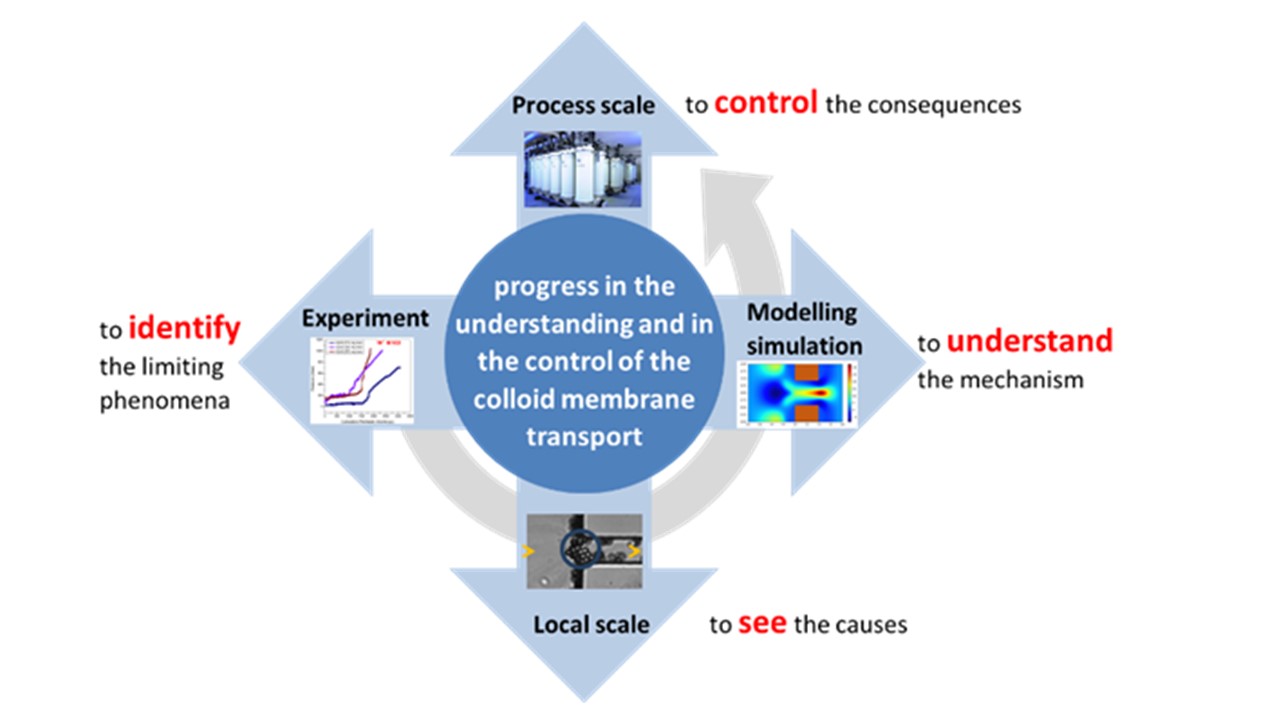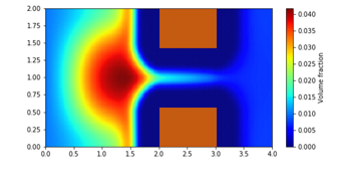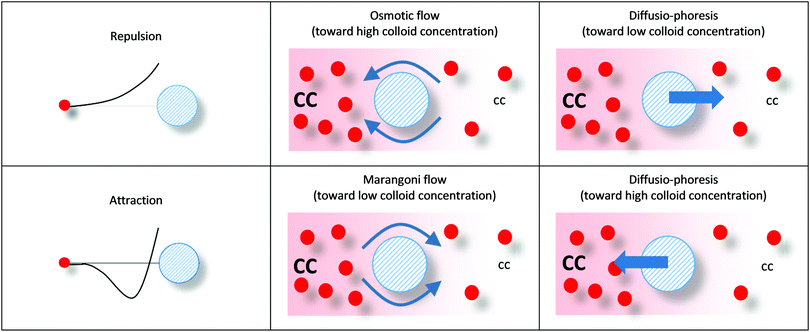I perform my research activities in the Laboratoire de Génie Chimique at the University of Toulouse 3, France.
One generic approach to research a solution to a problem in Chemical Engineering is :

My main objective is to understand and to control how colloidal interactions play a role on transport phenomena on various processes*. Here is some examples to illustrate this research :
Bacteria are marked in green and particles in red
Sendekie, Z. B., Gaveau, A., Lammertink, R. G., & Bacchin, P. (2016). Bacteria delay the jamming of particles at microchannel bottlenecks. Scientific reports, 6, 31471.
Sendekie, Z. B., & Bacchin, P. (2016). Colloidal jamming dynamics in microchannel bottlenecks. Langmuir, 32(6), 1478-1488
Marty, A., Causserand, C., Roques, C., & Bacchin, P. (2014). Impact of tortuous flow on bacteria streamer development in microfluidic system during filtration. Biomicrofluidics, 8(1), 014105.
A collective effect : a colloid alone can not pass through the bottleneck : the repulsion between the colloid and the pore prevents the passage. However, if colloids are arriving behind the first one, they are pulling the first one (thanks to repulsive interactions) and the first particle (here the red one) will pass. The last particles will not be able to pass (alone) the bottleneck.
Agbangla, G. C., Bacchin, P., & Climent, E. (2014). Collective dynamics of flowing colloids during pore clogging. Soft Matter, 10(33), 6303-6315.

Bacchin, P. (2018). Interfacially driven transport in narrow channels. Journal of Physics: Condensed Matter, 30(29), 294001.

Bacchin, P. (2017). An energy map model for colloid transport. Chemical Engineering Science, 158, 208-215.
Bacchin, P., Glavatskiy, K., & Gerbaud, V. (2019). Interfacially driven transport theory: a way to unify Marangoni and Osmotic flows. Physical Chemistry Chemical Physics, 21(19), 10114-10124.
You can find others videos of experiments and simulations on youtube
* This question is a kind of new declination of old questions still not fully resolved : “Important areas of physical chemistry such as interfacial phenomena, colloids, clusters and, more generally, De Gennes “soft matter” should be revisited using the system approach and chemical engineering methods. Jacques Villermaux, Future challenges for basic research in chemical engineering Chemical Engineering Science,48 (1993)
